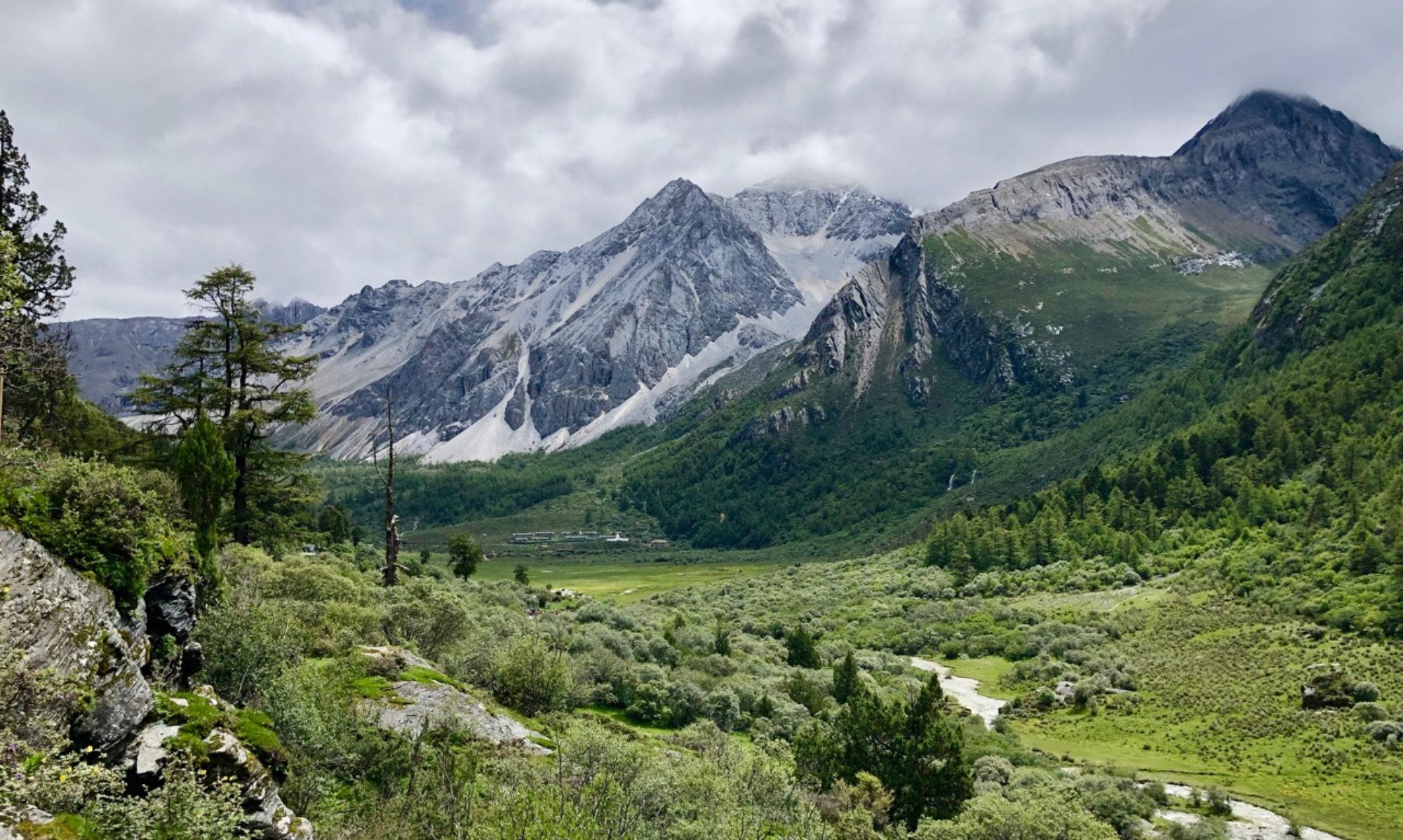What connects the author Robert Louis Stevenson, the Knights of St John, and a Norseman named Sveinn? Find out on this 4 mile hill walk from the picturesque Edinburgh suburb of Swanston.
Distance: 4 miles (6.5 km)
Start and Finish: Swanston village (NT 23990 67420)
Access: Parking at Swanston, although this can be busy. Bus 4 stops at Oxgangs Road, leaving roughly 1km to the start of the walk.
The walk starts at Swanston, a peaceful village hemmed in between the City of Edinburgh bypass and the Pentland Hills. If you’re travelling by bus, from Oxgangs Road follow Swanston Road for around 1km to reach the village.

The village of Swanston developed around Swanston Farm, with many of the cottages you’ll pass on today’s walk being built originally to house the farm’s tenants and labourers. From its name, you might expect a connection with large white birds, but in fact the name originally appeared as Swaynstoun which means “Swayn’s Farm“. Swayn comes from the Old Norse name Sveinn. Who exactly Swayn (or Sveinn) was is not known, but he might have been the tenant at the farm at some point in its history. The name had changed to Swan by the 14th Century when the farm and its land belonging to the Knights of St John.
Follow the road at the edge of the golf course. Ignore a signed pathway that leads off to your left and continue past a small group of cottages around a small communal green. When you reach a sign for Allermuir, bear left to pass a row of quaint thatched white cottages.

Staying on this side of the burn, you’ll pass an information board describing the Pentland Way, a 20-mile route through the Pentlands from Dunsyre to Swanston. You’ll follow part of the route as far as the summit of Allermuir Hill.
Continue to climb gently, passing the nascent Swanston Arboretum and a stone seat with splendid views across the city. After crossing the Swanston burn, head through a gate on your left and follow the path through the gorse.

You’ll soon come to a crossroads at an area known as Muilieputchie. This curious name comes from the Scots words moolie, meaning damp or mouldy, and pootch, meaning pouch or pocket. Follow the sign for Allermuir to climb out of this mouldy pocket.

After around a quarter of a mile you’ll reach a fork in the path (at roughly NT 23286 66566) that may not be marked on your maps (at the time of writing it is missing from my OS 1:50k): ignore the path that heads left unless you want to take an unexpected detour to Boghall.

Continue along the side of Byerside Hill and you’ll soon reach the boundary fence that marks the border between the council areas of the Edinburgh and Midlothian. Keep the fence on your left and follow it to the summit of Allermuir Hill (NT 22704 66174).

From the windy hilltop of Allermuir you have spectacular, unimpeded views for many miles. A pillar on the summit points out some of the sights you may see: southwest lies Scald Law, the highest of the Pentland peaks; to the north east, the great cone of North Berwick Law stands out against the otherwise flat farmland of East Lothian; and of course, north is Edinburgh and beyond the city is the Firth of Forth and Fife. On a clear day you might even be lucky enough to see Ben Lomond peaking across the horizon in the east.

Pass through a gate next to the trig point to begin your descent. You’ll leave the Pentland Way here to follow a path that descends steeply to reach a stony track that runs between Allermuir and Capelaw hills (NT 22335 66005). Join this track and bear right to enter Howden Glen.
As you descend, the path passes Green Craig. Here, in a cleft in the rock, the bones of reindeer and various other animals were discovered in the late 1800s, leading to it earning the name of the Reindeer Cave. The bones were thought to be around 12,000 years old, but exactly which of the rocky outcrops hid them for so many years is not known.
The path levels out at the Green Craig Cistern – this small stone building once formed part of Edinburgh’s water network, adding water from the Green Craig spring. Above the door is a stone plaque with the inscription “Edinburgh Thom. Elder Praefect MDCCIXC”.

From the cistern, follow the path across the Howden burn. After passing through a gate, bear right at a fork in the path (NT 22465 67300) to skirt along the edge of the woodland at Long Plantation. When you reach the end of the trees, pass through a gate and continue straight across the crossroads. The path continues past Swanston cottage.

Swanston cottage was built in 1761 and would originally have been a small, single-storey building similar to the cottages you passed at the start of the walk: the second floor was added in the mid 1800s. The author Robert Louis Stevenson spent summers staying at the cottage in the 1860s and used it as a basis for several of his works including The Pentland Rising.
At Swanston Farm, bear left to join a path that shadows the road. Follow this until it joins Swanston Road roughly half way between the village and the city bypass (NT 23995 67655).

If you’ve parked at Swanston, from here you can follow the road back into the village. Otherwise, the road heads north back into Edinburgh where you can catch your bus at Oxgangs Road. While you wait, why not pay a visit to the nearby Caiy stane, an ancient standing stone.

